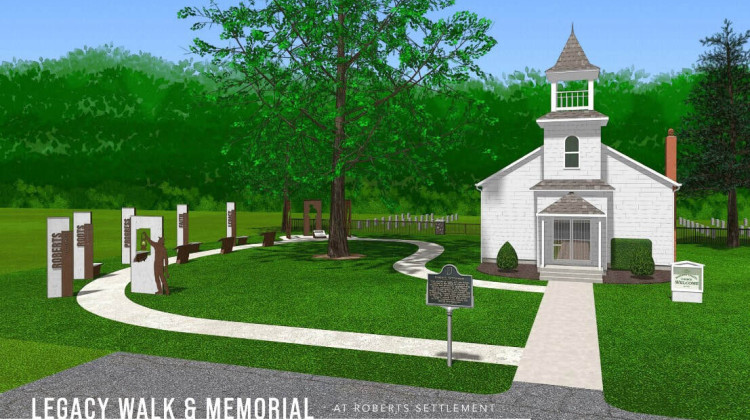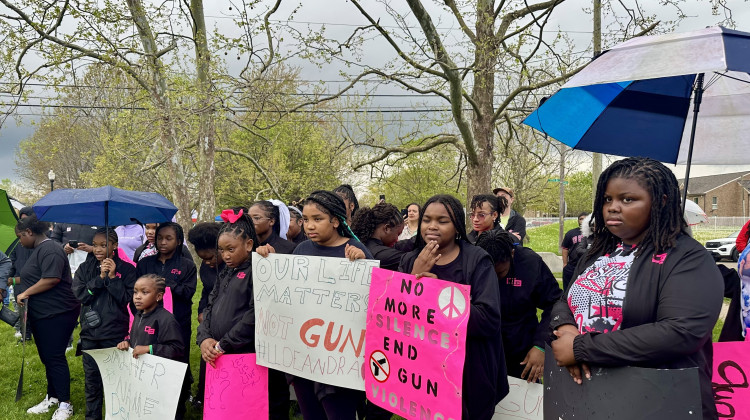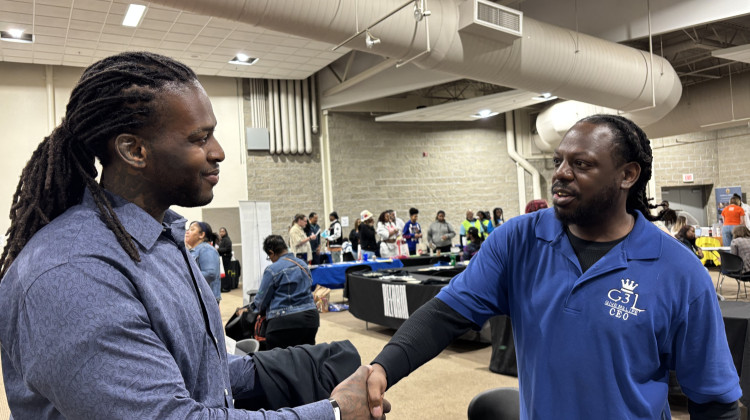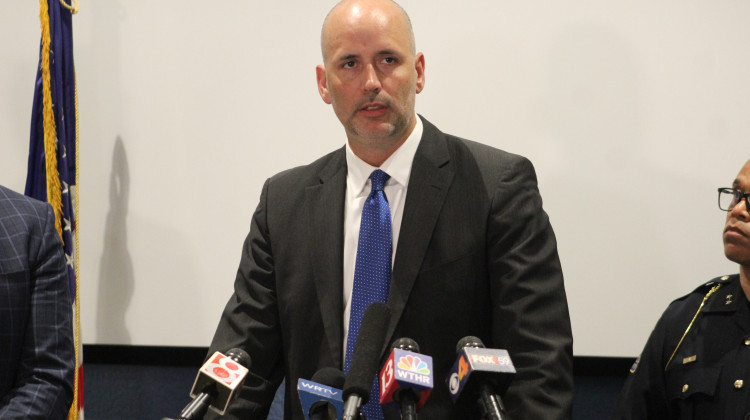
The Roberts Settlement Legacy Walk is a new interactive, outdoor trail. It tells the story of three, free African American pioneers who migrated from North Carolina and Virginia and settled in northern Hamilton County in 1835.
Photo courtesy of Roberts SettlementIndiana residents can learn more about one of the state’s first Black settlement’s with the opening of the Roberts Settlement Legacy Walk.
The new interactive, outdoor trail tells the story of three, free African American pioneers who migrated from North Carolina and Virginia and settled in northern Hamilton County in 1835.
“Their significance as Black pioneers is beautifully represented at the very place where they gathered to worship and began building a legacy of perseverance and determination that continued through generations of Roberts settlement descendants,” the president of the Roberts Settlement board of director’s LaVella Hyter said in a statement. “I believe they would be very proud today.”
The settlers transformed a completely wooded area in present day Atlanta, Indiana, into their own community with farmland, a church and a school. A chapel and a cemetery are all that remains of the original settlement.
Hyter, 76, is a Roberts Settlement descendant, and lived at the settlement until she was 13 years old.
“As one of the few remaining black settlers in Indiana, we're fortunate to have been able to preserve an extensive amount of our distinguished pioneering history,” she said.
Hyter said there are at least 10 generations of Roberts settlement descendants and currently, the settlement spans about 400 acres in Hamilton County.
Along the Legacy Walk there are photographs, maps, research materials and other graphics for viewers to explore.
The project took over 8 years and around $400,000 in grant funding to complete. It’s open to the public.
“We are thrilled to share this piece of our Robert’s family history with the public,” she said.
The organization plans to expand the walk in the future to include more digital and visual content.
The settlement had over 18,000 acres of land in that area during its peak.
 DONATE
DONATE








 Support WFYI. We can't do it without you.
Support WFYI. We can't do it without you.